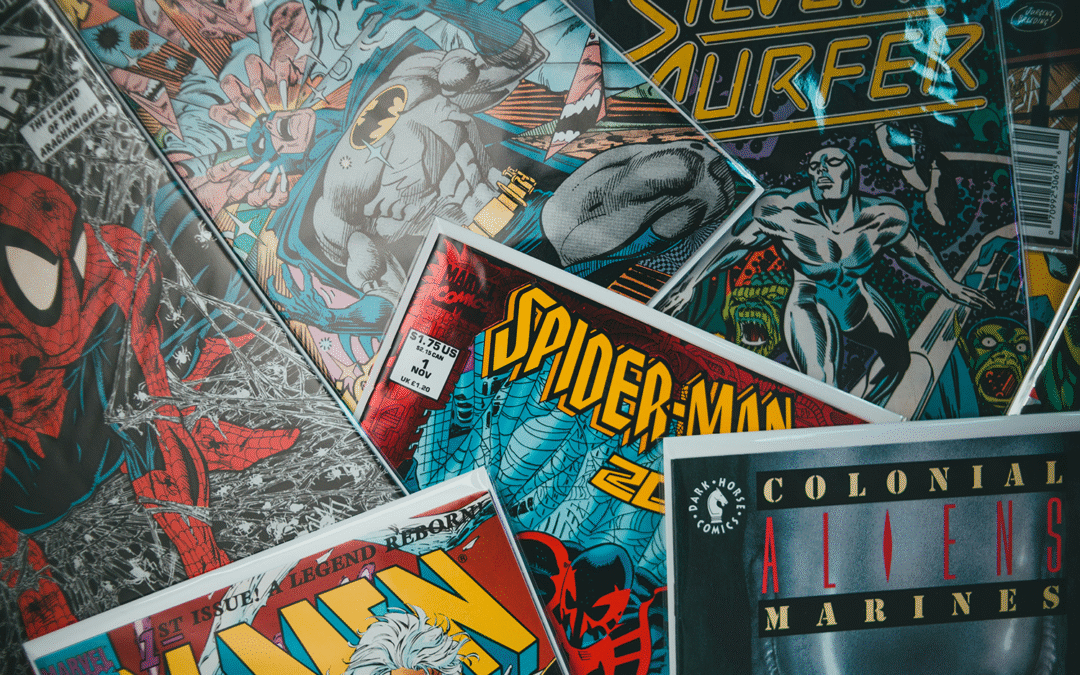
Kansas City’s veritable Christmas playground
The annual tree lighting at Crown Center, Kansas City, MO
December 2025
Everything Old
Kansas City’s veritable Christmas playground
by Corbin Crable
If you’ve ever sent or received a greeting card, chances are, it was a Hallmark card.
But the Kansas City-based Hallmark Cards Inc., founded in 1910, is so much more than cards. As you’ll learn in this issue of Discover Vintage America, their Christmas ornaments and collectibles have brightened homes for more than a century. And Kansas Citians have even built cherished holiday memories at an entertainment and shopping complex that rivals Santa’s workshop in the amount of Christmas cheer it spreads.
It’s been a holiday tradition for so many of we Kansas Citians to flock to Crown Center during the holiday season. Constructed in 1968, it was originally built as an example of urban revitalization as families and businesses moved into the suburbs and away from the decay of the city, “the rutted parking lots, abandoned warehouses, the sorry remains of failed or failing businesses, and a limestone hill cluttered with signs and tarpaper shacks,” according to the company’s website. Crown Center was named, of course, for Hallmark’s crown-shaped logo.
The complex also houses thousands of square feet of office space and hotel rooms, but if you’ll pardon the pun, the Crown Center Shops are its crown jewels. Opened in 1973, it boasts three levels and 300,000 square feet of retail, restaurant, and theater space. If you’ve taken your kids for a quick bite at the Crayola Café and then helped them with a craft project at Kaleidoscope, or if watched your food delivered by a little train chugging over diners’ heads at Fritz’s Railroad Restaurant, you know the magic you can find in this venue. Oh, and let’s not forget the seasonal ice skating rink, the Crown Center Ice Terrace – it’s open from November through February. There’s still plenty of time to tie on those ice skates and show off your moves.
While you’re there, by the way, snap a picture in front of the 100-foot-tall Mayor’s Christmas tree – one of the country’s tallest – which is “the centerpiece for a host of holiday activities.” Kansas City Mayor Quinton Lucas
presided over the lighting of the tree in late November, around the same time as the Country Club Plaza lighting ceremony, kicking off the holiday season for the City of Fountains.
According to Crown Center’s website, the next 20 years will see even more growth, this time in the form of a 2-acre outdoor park for visitors to enjoy. As the city’s population continues to grow, it’s exciting to ponder the individuals and families who will enjoy the space’s holiday magic in the years to come.
Crown Center stands as proof that Hallmark is yet another example of a business that started out small but that has a large place in the hearts of the people of our city. Whether you’re doing something as simple as buying a greeting card, hanging an ornament on a tree, or enjoying a day out with the ones you love, it’s clear that Hallmark is just as much a treasured part of us as BBQ and the Chiefs – an institution that is forever synonymous with Kansas City.





